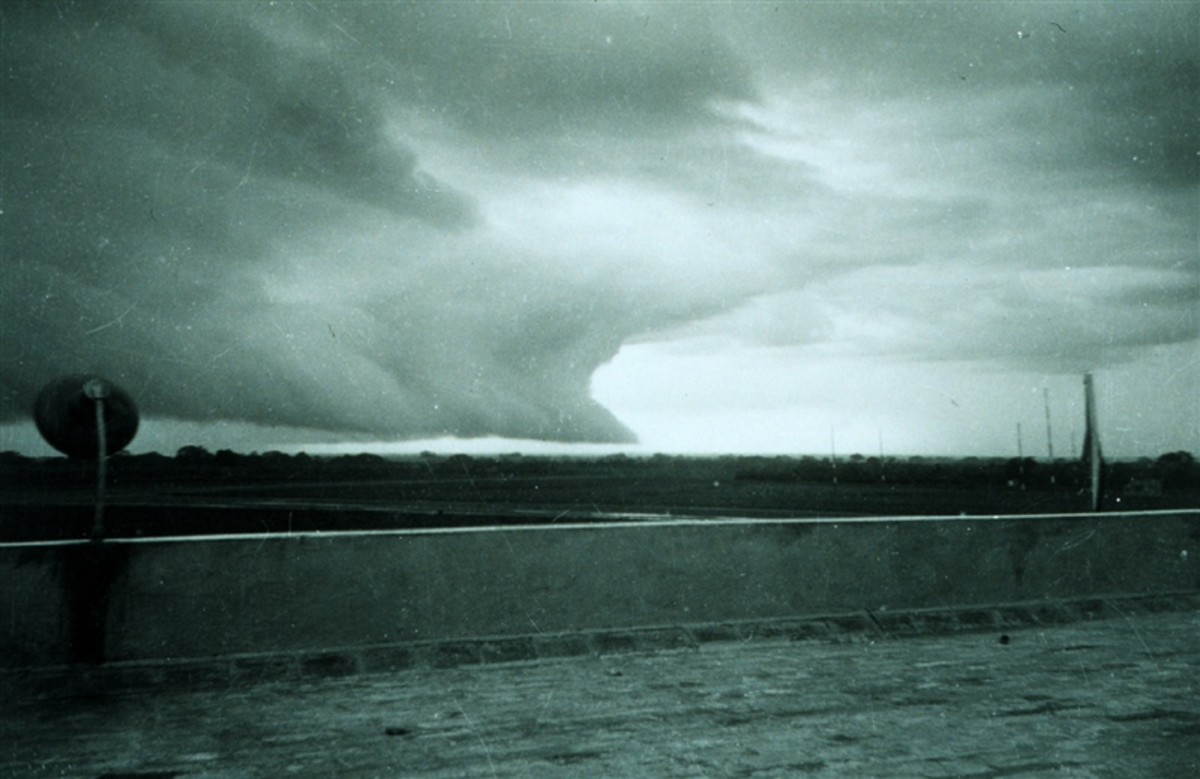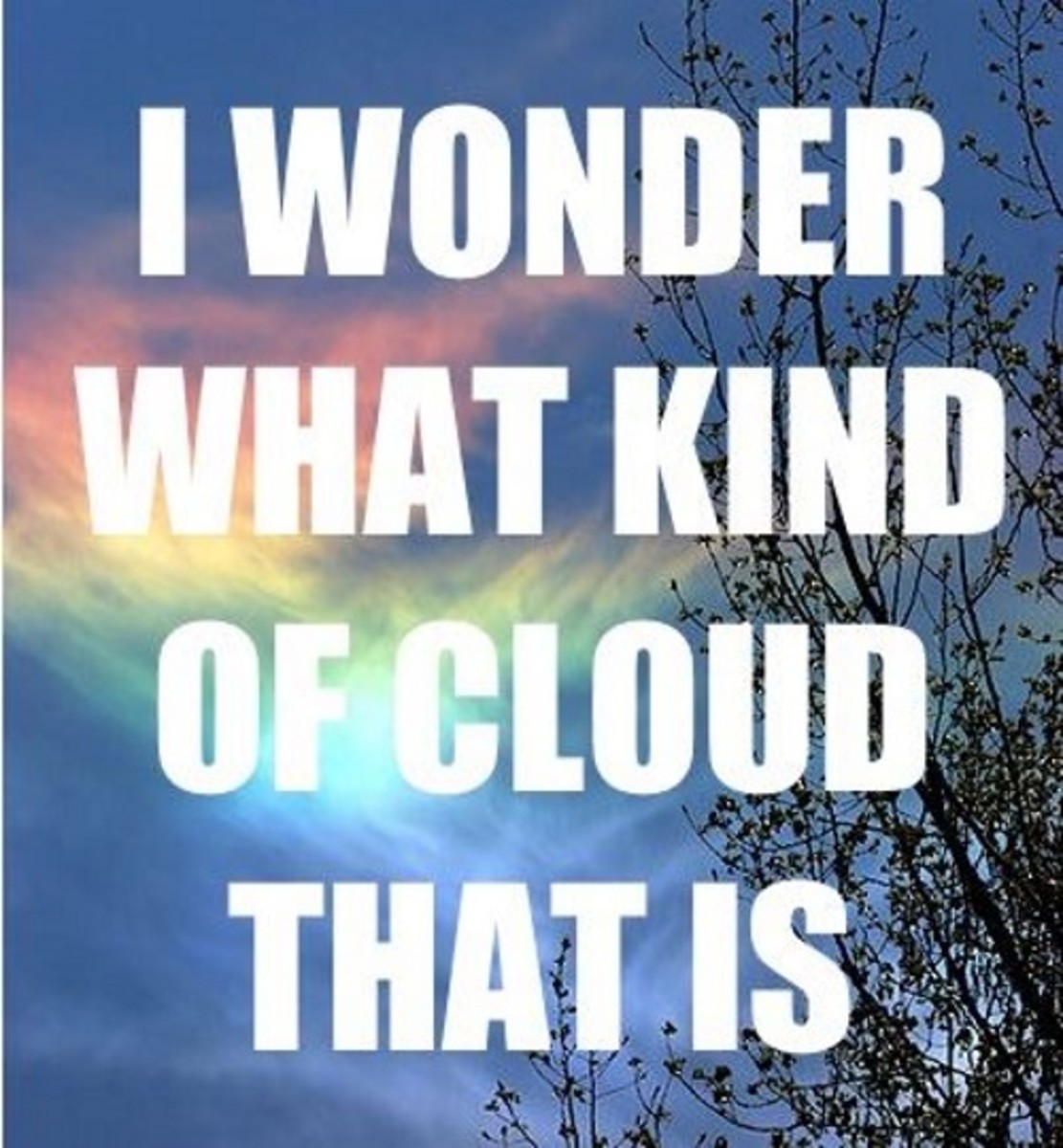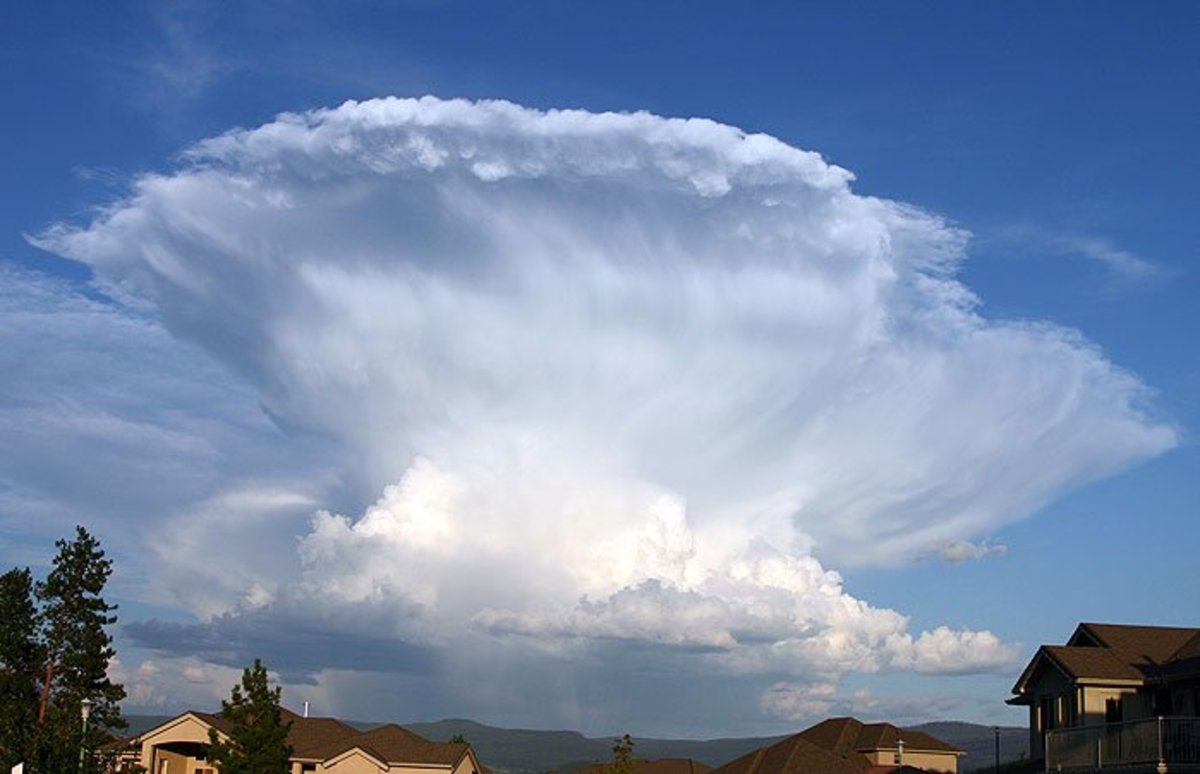How can you tell if it's going to rain?
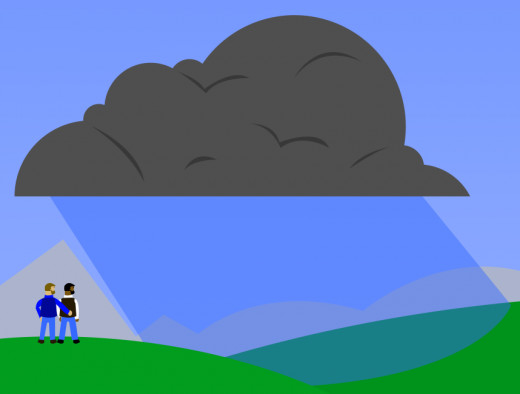
Rain. One of the most unpopular types of weather. It can be inconvenient, damaging, or just downright gloomy. For some however, the sound of the rain is soothing and refreshing, and the water can be a big help with farmers or gardeners. Whichever of the two you are, you’re going to want to know when the rain will fall. With some observation of your environment, you can gauge whether it will rain - or even storm - quite easily.
Certain words and phrases in this hub will link to pages on other websites which will explain them further.
The Clouds
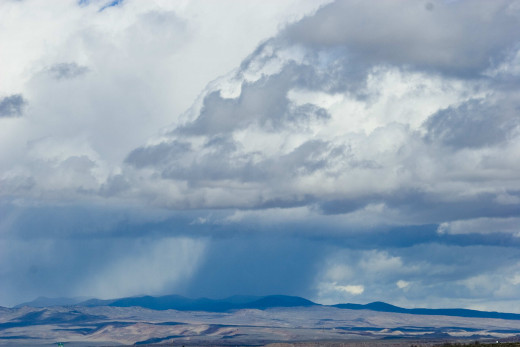
Clouds are formed through the accumulation of evaporated water vapour in the atmosphere. As clouds become denser, the vapour is more likely to condense into water droplets, and fall as rain. You can tell if a cloud is denser by its colour – lighter clouds are closer to white, whereas denser clouds are greyer in tone. Also, the lower a cloud looms, the more likely it is to give way and produce rainfall.
The two main formations to look out for are Cumulus and Stratus. Cumulus clouds are thicker and fluffier in appearance, in contrast to most other formations. While they in themselves aren’t often responsible for precipitation, they can become more dense and become the more impressive Cumulonimbus variety, which is a sure sign or an imminent shower or storm. Stratus cloud cover is however much less charismatic, consisting of a huge sheet of greyish cover overhead. That said, Stratus clouds do not often produce heavy rainfall – although they can trigger snowfall.
The Sky

The colour of the sky is also an excellent indicator as to how the weather will pan out. By now, I’m sure you have heard this rhyme: “Red sky at night, sailor’s delight; Red sky at morning, sailors take warning.” This rhyme may seem like simple folklore, it actually has a very good scientific basis. When the sky appears orangey red at dusk, it’s a sure sign of high pressure, dry air coming its way to where you are. However, red sky in the morning is a sign that this dry air has passed, and that it is followed by a low pressure system – ideal conditions for rain.
The Moon
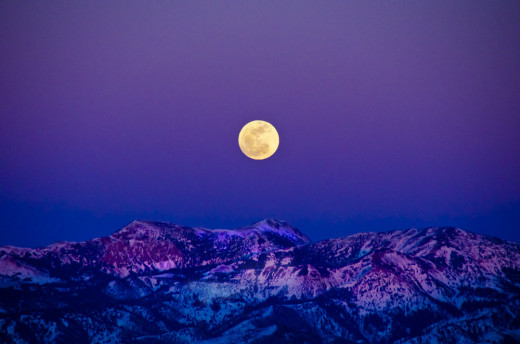
The appearance of the moon in the night sky is a good gauge as to what is happening in the atmosphere. If the moon appears hazy and pale, the air is dry. However, if the moon appears clear and focused, low pressure in the atmosphere has moved the dry air away, presenting the possibility of rainfall. Additionally, if there is a ring around the moon, this can indicate that rain is on its way in the next two or three days. This ring is caused by moonlight shining through cirrostratus clouds, which are eponymous with warm fronts and therefore moisture.
The Wind

Wind direction and speed are very good weather indicators. Easterly winds (from the east) generally bring a storm front with them – this is more likely the case if the winds are strong, too. Westerly winds promise better, dryer weather.
The Dew
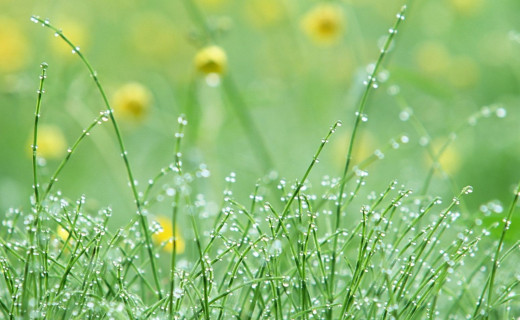
Dew is not rainfall on the grass – it is in fact condensation, caused by the surface of the grass cooling by radiating its heat, allowing atmospheric moisture to condense faster than it can evaporate. Therefore, if dew remains on your grass earlier in the morning, this is a good sign that the moist air has moved on, leaving no chance of rainfall occurring. However, if the grass is dry, expect showers.
The Animals
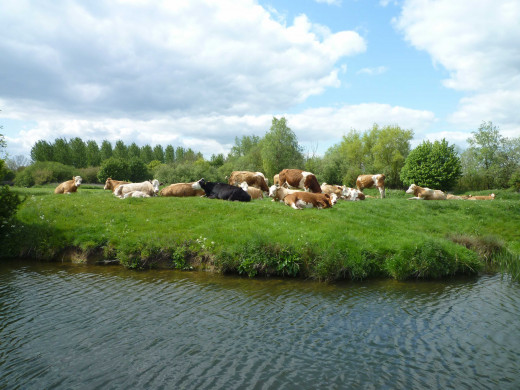
Birds tend to fly lower as air pressure lowers, due to the discomfort they experience in their ears when in a low pressure environment. Birds also become very quiet soon before a shower. Cattle will typically lie down if rain is coming so as to preserve a dry patch of grass to eat when the rain has passed – this is not entirely reliable however, as some cattle have yet to figure out this trick, and will remain standing.


About the Author
I'm Lewis, an Internet Marketing Executive with LRS Systems. I spend way too much time on the internet as it is, so this job works well for me, as I can be around something I love to use.
The business I do marketing for specialise in liquid-based roofing systems, so therefore a big concern of our customers is whether or not the weather allows them to install their roof. However, with these 6 signs in mind, it'll be easier to pre-empt the weather, and decide whether or not to commence with your plans - be it installing a roof, or anything else!
The illustration at the beginning of the Hub was made by myself in Photoshop CS5.


